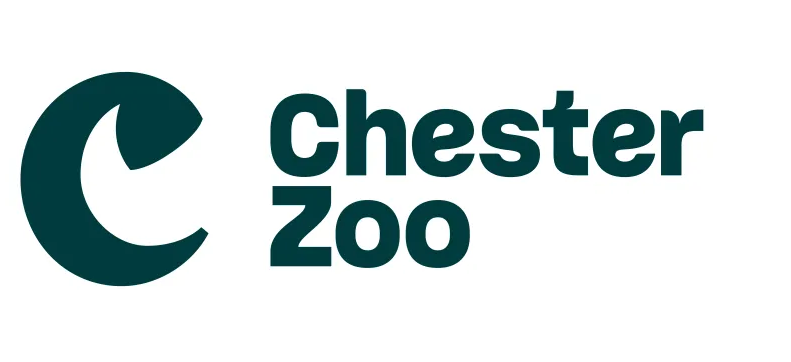Hand-rearing the critically endangered blue-eyed black lemur (Eulemur flavifrons): milk formula, feeding and socialisation protocols
DOI:
https://doi.org/10.19227/jzar.v5i1.209Abstract
The blue-eyed black lemur (Eulemur flavifrons) is critically endangered in the wild and managed by ex-situ programmes in zoos. The breeding success in the European population is low and within the last five years, there have only been three births that survived. To try to increase the rate of infant survival, a systematic hand-rearing protocol was developed in 2013 and used on five infants from two different females that did not properly raise their infants. Milk formula was created with a mix of human newborn formula and kitten replacement milk. The lemur infants were fed ten times a day at the beginning, on a 24-hour round-the-clock basis. Solid food was offered as early as Day 7 and complete weaning was achieved without any medical issues around Day 107. The socialisation protocol consisted of maintaining permanent visual, olfactory and auditory contact with the parents from the day of the birth. First attempts to put the infants on their mother began as early as Day 2, but results varied, including successes with the parents, with conspecifics or lemurs from another Eulemur species. More work is needed to develop a feeding protocol which would also include the physiological variations in milk composition during the lactation period. Although many studies and reports have described hand rearing mammals, and more specifically lemurs, none of them describe a successful and complete protocol for five infants of the critically endangered blue-eyed black lemur.
Downloads
Published
How to Cite
Issue
Section
License
JZAR fulfils the DOAJ definition of open access and provides free and open access to the full text of all content without delay under a Creative Commons licence. The copyright holder of JZAR publications grants usage rights to third parties, allowing for immediate free access to the work and permitting any user to read, download, copy, distribute, print, search, or link to the full texts of articles.







